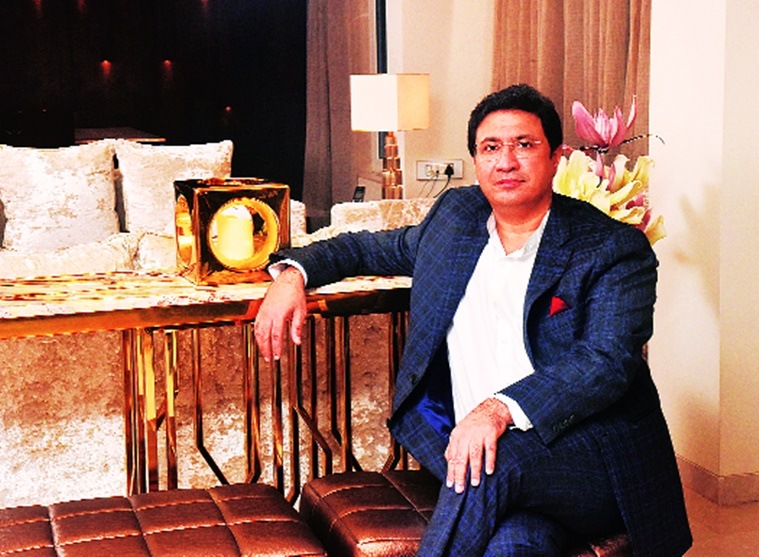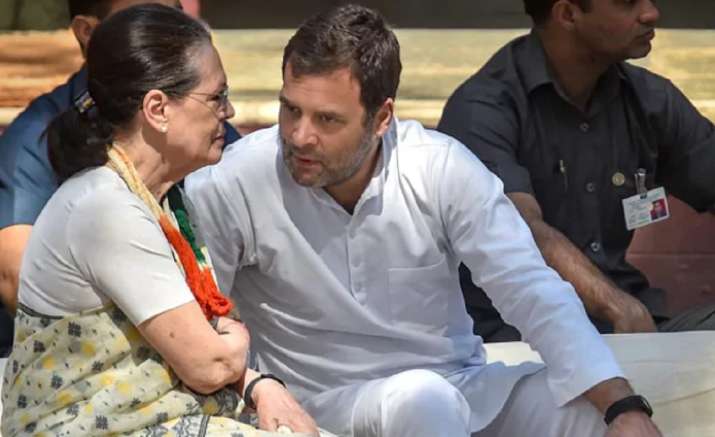‘You cannot build a skilled society on low-cost labour’
At the inaugural Indian Express Thinc Migration series presented by Omidyar Network India, moderated by Udit Misra, deputy associate editor, panelists discussed the crisis in India’s internal migration.
On migration patterns
S Irudaya Rajan: In the 2011 census, India had 450 million migrants. We have policies in the country to increase migration, and policymakers and economists, who believe urbanisation will lead to economic growth. This is reflected in the Smart Cities Mission; 100 cities are being promoted. There are three types of migrants — one that moves between the states, then within districts and then within the state. If you put that number at 600 million, we have 140 million as inter-district migrants, 400 million are intra-district, and 60 million are inter-state. Urban mobility is 40 per cent. With increasing urbanisation, we are going to have more migration.
On Covid and migrants
Ravi S Srivastava: The pandemic did not hit everyone, but it hit circular migrants.They are vulnerable because of their position in the job market — whether they work on daily wages or are self-employed. They work in cities but still have a foothold in rural areas. In 2004-05, nearly half of the informal workforce in the non-agricultural areas consisted of circular migrants. By 2017-18, every three out of four such workers consisted of these migrants. The pandemic was a multifaceted shock (for them). It was a health shock, it was an economic shock, and it induced food insecurity. The impact was not only on their lives as they moved back to the rural areas, but also on the industrial and urban economies that saw a huge gap. The migrant workers today do the dirtiest, most dangerous and difficult work in any industry. Do we look at them only as a cheap source of labour or as a productive asset in our society?
 Ravi S Srivastava
Ravi S Srivastava
On policy and lack of data
Alex Paul Menon: I have data for 6.5 lakh migrant labourers who have come back to Chhattisgarh. Of these, nearly 40 per cent had moved to Uttar Pradesh in search of work, 23 per cent to Maharashtra and about 14 per cent to Telangana and so forth. The biggest chunk were actually in building and construction, and around 50,000 in brick kilns. When it comes to numbers, we have a lot of fancy graphs, but it is time for us to move from the number game to the name game. The current method for collecting data starts from the census and then we have, the NSSO. We also have a labour bureau which collects data, but all of it is samples statistics, we do not really track migrants. There is a migration register, which is mandatory at the panchayat level, but there is no mechanism to do the same in the urban areas. Without credible data, all of our policies lack any link to any evidence and, therefore, are prone to fail.
With the enormous presence of IT systems across the country, I don’t think it is very difficult to basically put an institutionalised mechanism system and collect data of every labourer.
On empowering the workforce
Rahul Katyal: We think of construction workers as weaker, but they are actually the workforce of India. If we do not empower them, I don’t think any development activity can happen in our country. It’s time to look at two things. One is the need to accelerate skill development. The workforce should be trained to use the latest technologies. And the other important thing is to regulate the kind of facilities we provide them. If we first correct the fundamentals, provide better accommodation, sanitation, and food, it will elevate and improve the situation of our workforce in India. This can be only regulated by very strong policies from the government.
 Rahul Katyal
Rahul Katyal
On policy imperatives
Srivastava: In India, it’s not only inter-household and inter-class disparities, but also regional inequalities which have grown tremendously, especially the gap between growth centres and the kind of lack of livelihoods in rural areas. The other points were made in the report of the National Commission for Enterprises in the Unorganised Sector (NCEUS), which talked of universal registration, and universal social protection, at least at a minimum level, to be ensured jointly by the Central and state governments. You cannot build a skilled society on the back of low-cost labour. We need to rethink our labour policies.
Rajan: Data is really important. Something at the India Migration Service should be done at least for the next three years. The second point is political participation. You’re talking about ‘One Nation, One Ration Card’, but why are migrants not able to vote during elections? Finally, you’re always talking about migration as some type of liability. We have to get rid of that (thought).What is the migrants’ contribution to the income of the states of destination. How how much do they contribute to Mumbai’s city income, for instance? Similarly, the remittances which they send to say Bihar or Rajasthan or UP, what is their contribution to the state economy there? They are migrants, but they are Indians. They are invisible now, but we have to make them visible.
The full conversation is available on YouTube

